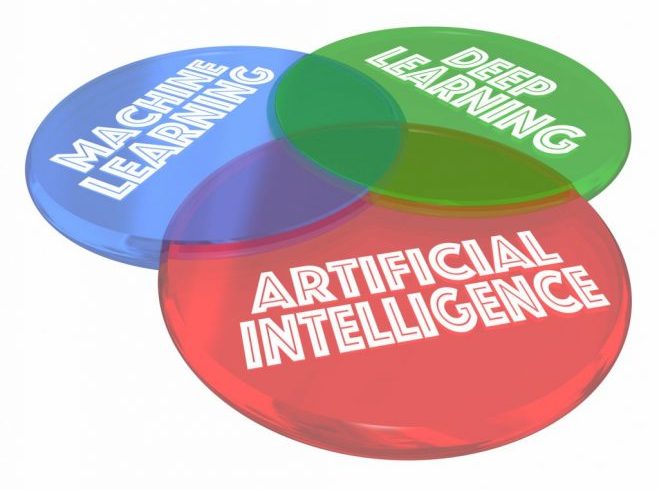Artificial intelligence (AI) will change trading for the better and worse.
The House Financial Services Committee’s Task Force on Artificial Intelligence recently held a hearing entitled “Robots on Wall Street: The Impact of AI on Capital Markets and Jobs in the Financial Services Industry.”
There was a bi-partisan conclusion about the increased use of AI in the capital markets.
While AI will help to make trading cheaper, more liquid, and more transparent, there is also a question about how many jobs it will cost.
Bill Foster is a Democrat from the State of Illinois and he chairs the task force.
In his opening remarks, he noted, “It would not be much of an exaggeration today to say that Wall Street is run by computers.”
“Today, trades are automated, and orders are executed in milliseconds or microseconds. Passive ETFs have proliferated, relying on algorithmic models to ensure the fund’s holding of shares properly weighted to whatever index or benchmark it’s tracking.” He continued, “The rise of the so-called computerization of our stock markets has a number of benefits. The cost of executing trades has gone way down, sometimes to zero dollars, and there’s more liquidity in the market. Passive funds charge less than one percent of assets under management each year, while active managers often twenty times that much.”
Foster also noted that technological advances also have a downside, “As in the 2010 flash crash and the more recent mini flash crashes have shown algorithmic trading can sometimes cause unpredictable consequences that can create market volatility. It also exacerbates information and asymmetry between different type of investors as firms with more and faster access to enormous data sets are able to get a competitive advantage.”
Foster noted that technological advances will also lead to the deterioration of jobs.
He noted a 2019 report by Wells Fargo report which found that robots will take approximately 200,000 banking jobs in the US in the next decade.
Foster also noted a McKinsey and Company report found that forty percent of existing jobs in financial services can be automated.
“If you spend your whole day staring at a big screen- particularly if you get a large paycheck- your job may be at risk,” Foster said.
Congressman Barry Loudermilk is Republican from the State of Georgia and he is the ranking member- or leader of the minority- on the task force.
He echoed Foster’s thoughts.
“Electronic trading has benefitted the markets in many ways. It has positive for investors by leading to lower overhead and transaction costs which has led to record investment returns over the last decade.”
Loudermilk also noted that the downside of the digitization of trading is the loss of jobs, “One challenge which is at the forefront of our discussion is the disruption of the job market.”
Loudermilk described the evolution of trading from the 1700s, when the NYSE was first created.
“The first trades on the New York Stock Exchange were made in the late 1700s using a manual paper intensive process. For many years, buyers and sellers communicated about orders over the phone. Today, trading and investing are done on digital platforms and investors can trade securities from nearly anywhere in the world using modern technology.”
What would become the NYSE was formalized with the so-called Buttonwood Agreement signed by twenty-four brokers.
The agreement stated in part, “We the Subscribers, Brokers for the Purchase and Sale of the Public Stock, do hereby solemnly promise and pledge ourselves to each other, that we will not buy or sell from this day for any person whatsoever, any kind of Public Stock, at a less rate than one quarter percent Commission on the Specie value and that we will give preference to each other in our Negotiations. In Testimony whereof we have set our hands this 17th day of May at New York, 1792.”
Those trades would be made inside the Tontine Coffee House.
Today, most stock exchanges exist strictly in cyber space.
Foster, in his own anecdote, noted how this evolution of technology cost at least one job.
“Long gone are the days where traders would be screaming orders on the floor New York Stock Exchange. Financial analysts would use TI calculators and pour over the ticker tape and financial statements to glean insights into a company’s value. I actually hear about those days from the limo driver who takes me back who used to be a trader on the MERC,” Foster said.









